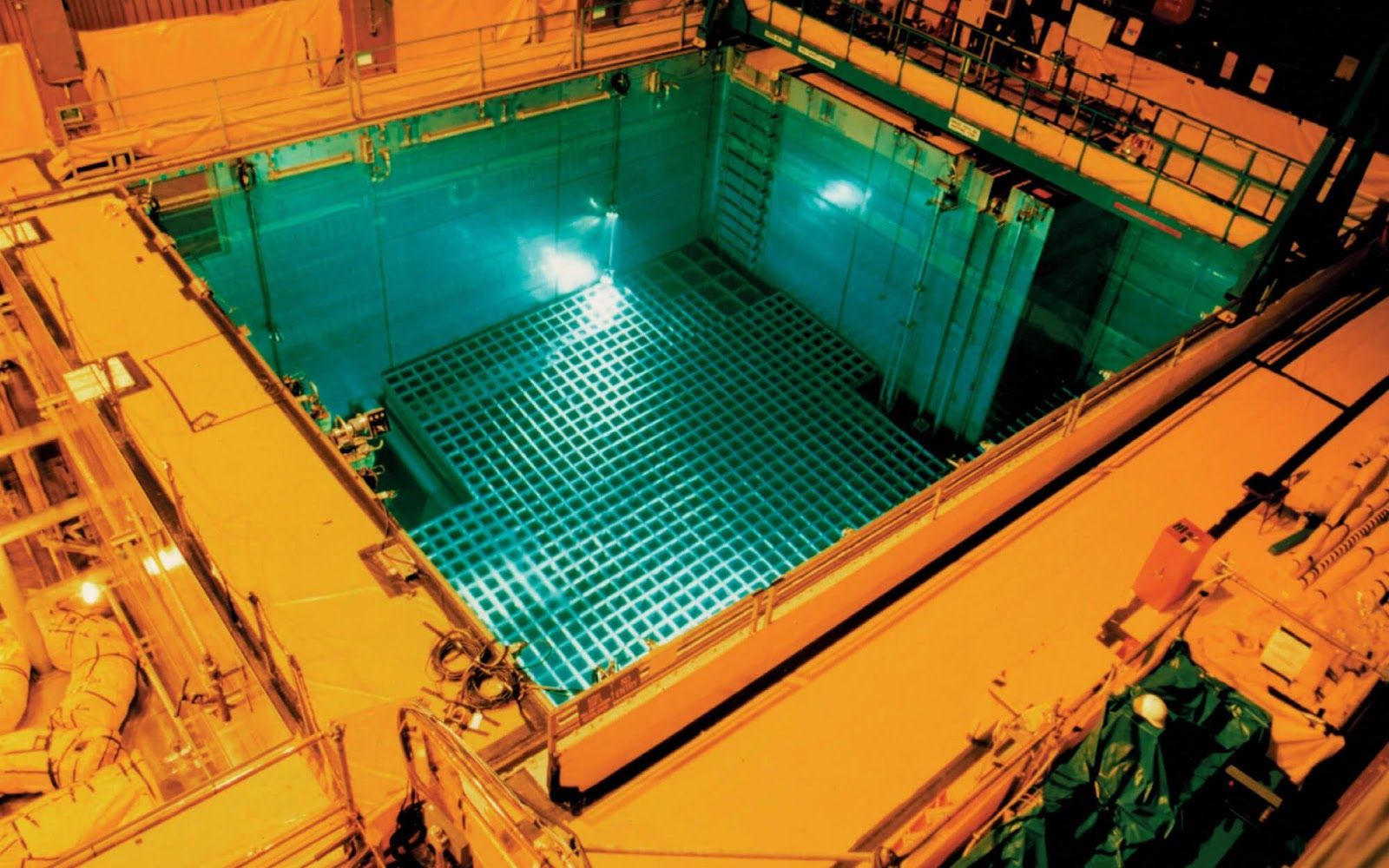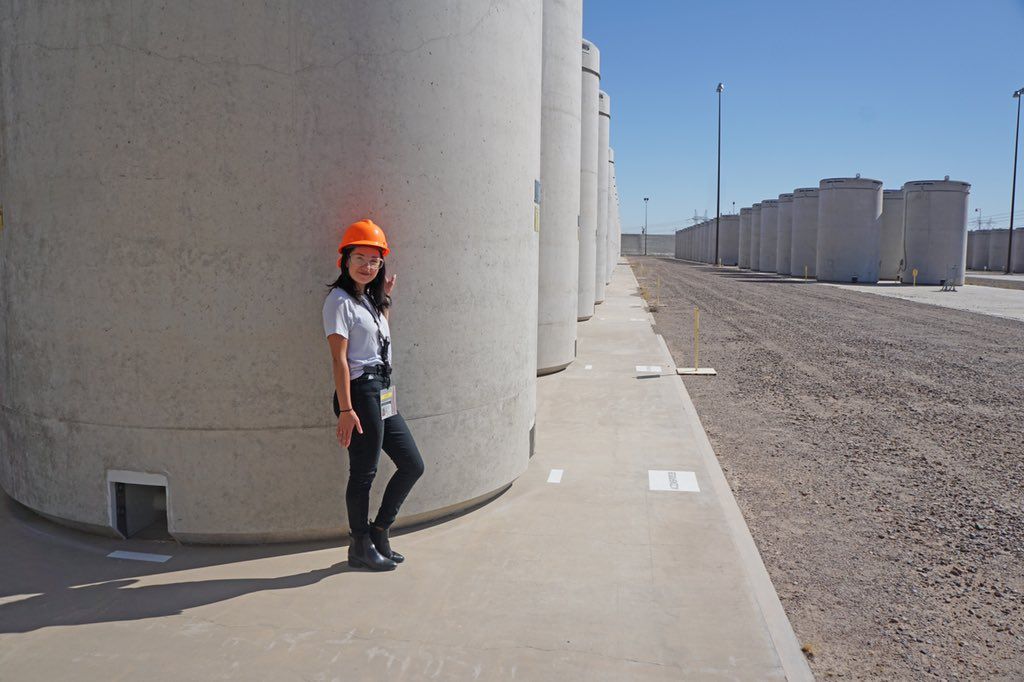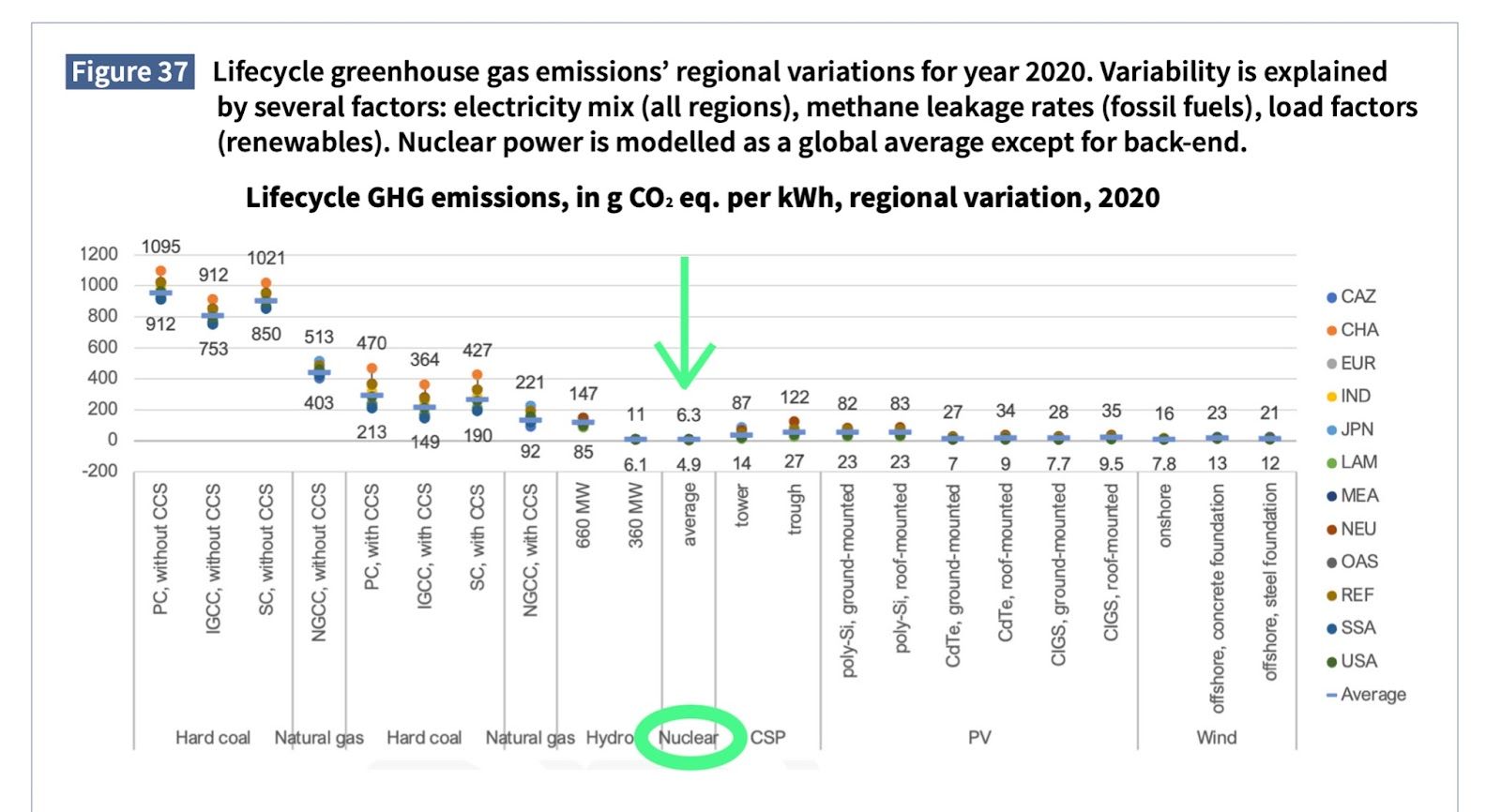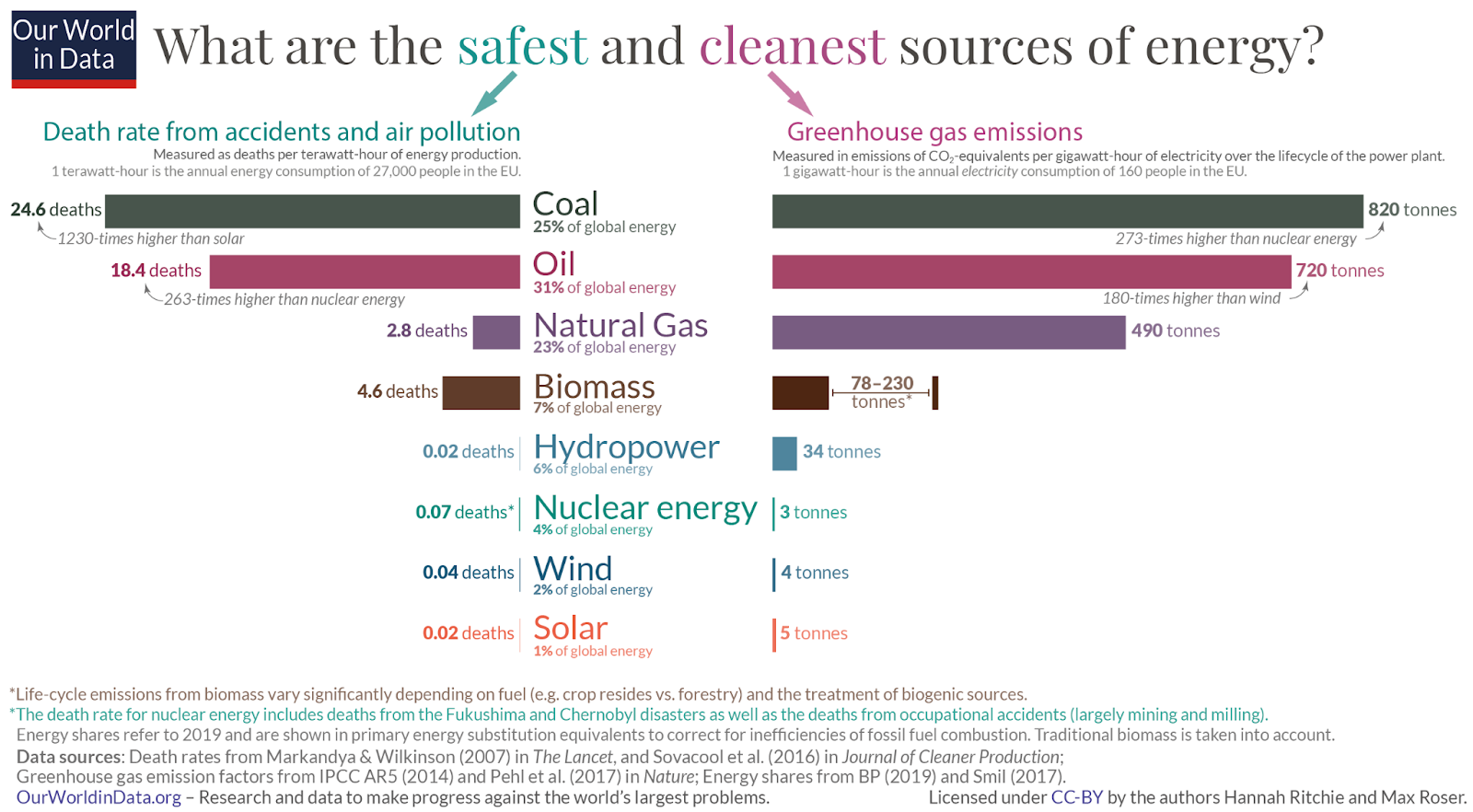Get in loser,
we're going nuclear!
Isodope sits at the intersection of art, science and activism, inspiring humans to solve the world’s problems with optimism.
The Isodope persona was created to advocate for nuclear electricity as a solution to climate change and energy inequality.


Rad Future
Videos




Frequently Asked
Questions
What are the pros and cons of nuclear energy?
PROS:
Nuclear power plants create electricity without greenhouse gas emissions or air pollution.
Nuclear energy is one of two technologies that have been proven to lower carbon emissions from making electricity at scale.
Nuclear energy has the lowest life cycle mineral and metal requirements out of all clean energy technologies, which means we don’t need to mine as much.
Because uranium is so dense, we only need a small amount of it to make a lot of electricity.
Nuclear power plants make a lot of electricity using a small footprint, which means we get to keep more land untouched, unlike large solar and wind farms.
Nuclear power plants can give people stable, high paying jobs for up to 80 years.
Nuclear power plants produce carbon-free electricity 24/7, contrary to renewables, which only produce electricity when the sun is shining or the wind is blowing.
Nuclear power is as safe as other forms of clean energy.
Nuclear power can reduce our dependence on fossil fuels!
CONS
Nuclear power is expensive (in the US). Building new nuclear power plants has proven challenging and very expensive in the past few decades. For example, Vogtle in Georgia, the only nuclear power plant being built in the United States, is set to cost $30 Billion dollars (more than double the original $14B estimated cost).
It takes at least 7 years to build a new nuclear power plant, and in some cases, it can take over 10 years (as in the case of Vogtle, which started construction in 2012).
We don’t have a permanent solution to nuclear waste in the US (click here to learn more about the waste).
There is still strong opposition to nuclear power, which makes it challenging to build new reactors.
What about nuclear waste?
Nuclear waste is complicated but not for the reasons most people think. Most waste from nuclear power plants is what’s called low-level orintermediate-level waste. These are things like gloves and equipment that are slightly radioactive, and we already dispose of these items safely. The waste people talk about when they say, “We have no solution for nuclear waste,” is called high-level waste. That’s the fuel that comes straight out of the reactor after being used to make electricity. When it comes out, it’s literally hot and super radioactive. This waste is placed inside of a pool for 5-10 years to cool down.

After it comes out of the pool, it’s placed inside big concrete and metal containers called “dry casks,” and that’s the end of it… in the United States at least. These casks are so good at blocking radiation that you can safely hang out right next to them and even touch them without issues.

High-level waste is also over 90% uranium, so it can be recycled and used to make more carbon-free electricity.
Another solution is to build geological repositories and put the waste very deep underground in geologically stable areas.
What about the emissions of mining uranium and building power plants?
Unfortunately, every form of energy production has emissions associated with mining materials, building or installing. Life cycle analysis (LCA) is a method used to evaluate the environmental impact of a product throughout its whole life cycle–this includes things like extraction, processing of the materials, manufacturing and so on. A recent report by UNECE showed that nuclear power has the lowest life cycle greenhouse gas emissions of ALL energy sources!

Isn’t nuclear too expensive?
Yes and no. New nuclear is definitely expensive at around $105/MWh, but compared to what? Fossil fuels are cheaper. For example, gas is around $93/MWh; however, that price fails to include the real cost of fossil fuels to our planet (air pollution and climate change). Solar and wind are cheaper at around $103/MWh and $78/MWh respectively, but we can’t really compare wind and solar to nuclear. Solar and wind produce electricity only when the sun is shining or wind is blowing, so we would need to add the cost of batteries or any other form of energy that’s being used to back them up when the weather isn’t cooperating. Nuclear plants that have been operating for many years have already recovered their initial cost, so they make very cheap electricity at around $30/MWh.
What about Chernobyl and Fukushima? Isn’t nuclear energy too dangerous?
Chernobyl was the worst nuclear accident in history, and it left a mark in nuclear energy. The operators at the time ran a dangerous test in a badly designed reactor without a containment dome (which prevents radiation from getting out). Fukushima happened after a historic tsunami inundated the basement level of the Fukushima Daiichi nuclear power plant. Even accounting for these accidents, nuclear power is still one of the safest forms of energy when compared to fossil fuels and even some renewables.

Is nuclear power really necessary to solve climate change? Can’t we just use renewables like wind and solar?
Yes, nuclear power is necessary to solve climate change. While solar and wind power are great and can get us to a certain point in decarbonization, less and less people believe it is the sole solution to making carbon-free electricity. We need something called “firm clean power,” which is just a boring way of saying something that can make carbon-free electricity 24/7, independent of the weather. Those options would be nuclear and geothermal. While geothermal is great, it is currently dependent on geography (you basically need to be on top of a volcano).
Isn’t the real problem that we consume too much energy?
While people in rich countries could think about consuming less energy (good for you), we shouldn’t ask those in poor countries to sacrifice their wellbeing. Higher energy consumption goes hand in hand with higher quality of life (think home heating, cooling, having lights in your house, etc.) While some would like to think that we should be consuming less energy, the truth is that we are not, and the EIA predicts that our world consumption of energy will grow 50% by the year 2050.
If nuclear power is the answer, then why aren’t we building more nuclear plants?
We are building more nuclear plants, just not in America. China is set to build 150 reactors in the next 15 years. Russia, France and Poland are also investing heavily on nuclear power.
What about fusion?
Fusion is awesome! We can create limitless energy like our sun and other stars without creating waste. However, the technology is nowhere near being affordable or widely available. It might be 40 years before we can build commercial fusion plants around the world, but we need to stop burning fossil fuels now. So while I am excited for fusion in the future, I think we need to focus on solutions that are available now.
Isn’t there an increased risk of nuclear proliferation by the use of nuclear energy?
While this has been a repeated concern throughout history, this analysis concludes the connection between nuclear energy programs and proliferation is overstated.





















